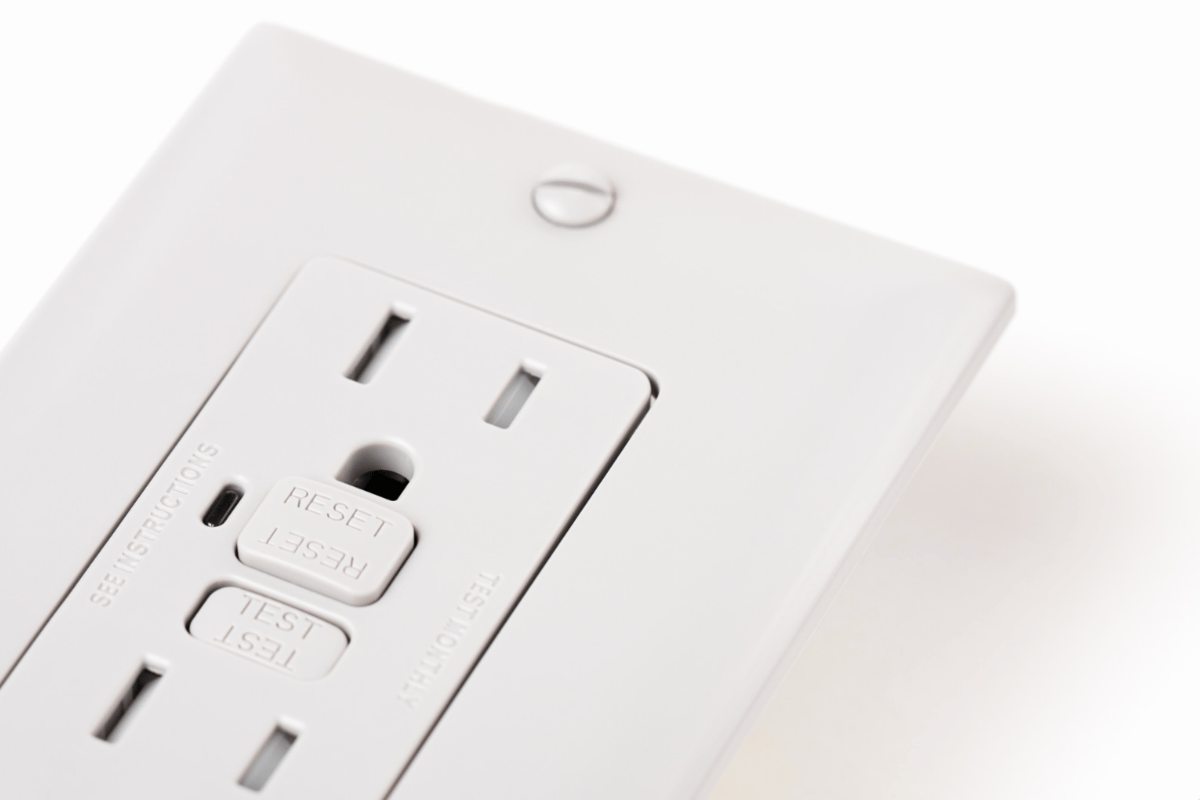Electrical grounding is one of those home safety features we rarely think about—until something goes wrong. But your home’s grounding system plays a critical role in preventing shocks, fires, and damage to electronics. So, how often should you check it?
The simple answer: more often than most homeowners do. With just a basic understanding and the right tools—like an electrical tester breaker and outlet—you can stay ahead of potential hazards and keep your home safer.
Here’s what you need to know about how grounding works, why it matters, how to check it, and when to call in the pros.
What Is Electrical Grounding?
In basic terms, grounding gives excess electricity a safe place to go. Whether it’s a lightning strike, a short circuit, or a surge from the power grid, grounding directs that energy into the earth—away from you, your family, and your electronics.
Without proper grounding, electricity can:
- Travel through people (causing serious injury or death)
- Damage appliances or sensitive electronics
- Spark fires inside your walls
How Often Should You Check It?
Experts recommend checking your home’s electrical grounding every 3 to 5 years. However, you should also check it any time:
- You buy a new home
- You do major electrical upgrades
- You install large appliances or an EV charger
- You experience frequent breaker trips or mild shocks
Routine checks take just minutes using an electrical tester breaker and outlet. These tools confirm if outlets are grounded properly and identify issues with polarity or voltage levels.
Signs You May Have Grounding Issues
Watch out for these warning signs that something could be wrong:
- Outlets with two-prong plugs only (no ground)
- Mild shocks when touching appliances
- Burn marks or a burning smell near outlets
- Frequently tripped breakers
- Flickering or dimming lights
If you spot any of these signs, stop using affected outlets immediately and schedule a professional inspection.
How to Test Electrical Grounding Yourself
If you’re comfortable doing basic checks, an electrical tester breaker and outlet is your go-to tool. Here’s how to use it safely:
- Plug the tester into an outlet.
- Observe the indicator lights—it will show if the outlet is properly grounded.
- For breaker testing, turn off the circuit and carefully check for voltage consistency.
This won’t replace a full inspection, but it’s a great way to spot early issues.
To take things further, consider having a licensed electrician do a full inspection using a commercial electrical services provider, especially if you own a larger home or multi-unit property.
Extra Safety Tips
Even if your grounding is in good shape now, here are a few ways to keep things safe going forward:
- Install GFCI outlets in kitchens, bathrooms, and outdoors.
- Upgrade any two-prong outlets to grounded, three-prong outlets.
- Use proper outdoor-rated equipment for any exterior power use. A reliable outdoor electrical outlet can make a big difference in safety.
- If you notice buzzing, cracking, or sparks, call for emergency electrical service immediately.
If you’re considering major upgrades, like an EV charger, it’s also the perfect time to upgrade electrical panel and confirm your grounding system can handle modern electrical loads.
When to Call a Professional
Some issues are too risky for DIY fixes. Call a licensed residential electrician if:
- You don’t feel comfortable using an electrical tester
- You find any outlets with open grounds
- Your home has aluminum wiring or an outdated panel
- You experience repeated shocks or outages
Grounding isn’t just about protecting your devices—it’s about protecting lives. Taking the time to check it can prevent fires, injury, and thousands in repairs.
Final Thoughts
Electrical grounding is easy to forget—but critical to your home’s safety. By checking it every few years with an electrical tester breaker and outlet, and after any major electrical changes, you’ll stay ahead of hazards and avoid preventable issues.
When in doubt, always call a pro. A safe home is a grounded home.









